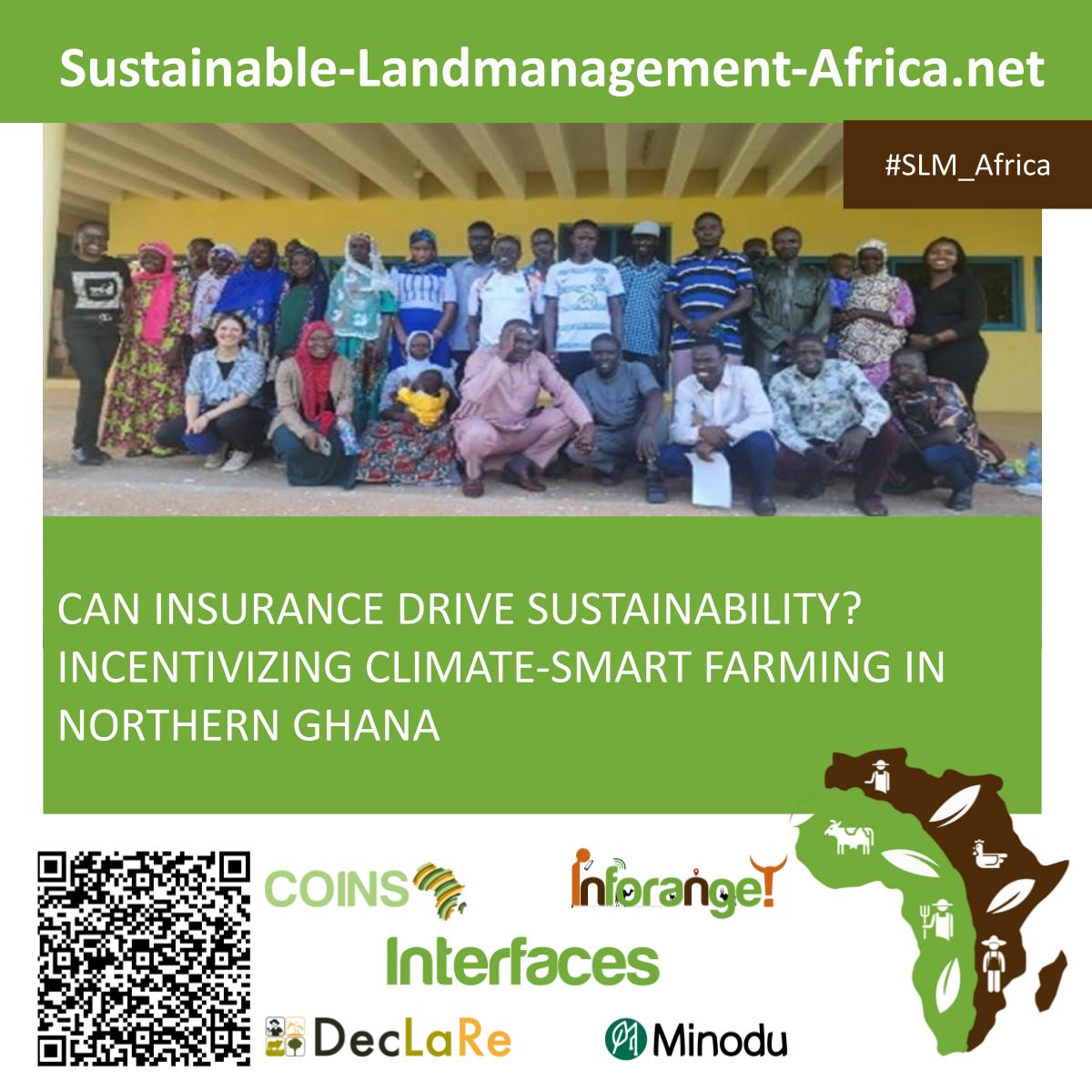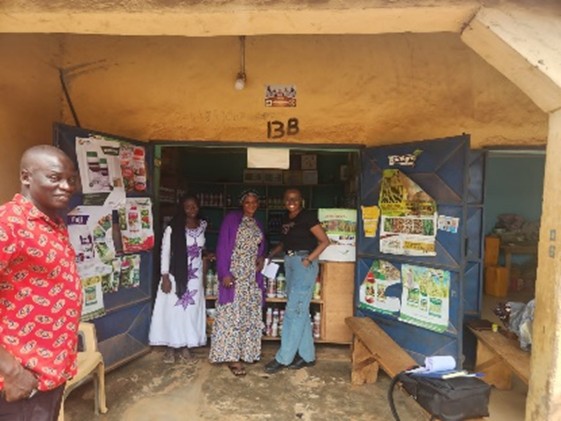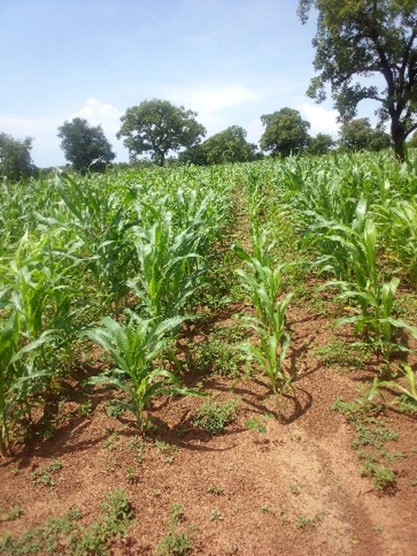The Challenge of Linking Insurance with ISFM
While the potential benefits are clear, the integration of insurance with ISFM faces significant financial constraints. Many smallholder farmers struggle to afford the upfront costs of ISFM investments, such as organic fertilizers and improved seed varieties, despite their long-term benefits. These financial barriers limit their ability to adopt climate-smart practices at scale. At the same time, willingness to pay for insurance remains a challenge, as farmers often prioritize immediate farming needs over risk mitigation tools like insurance. Addressing these dual constraints requires innovative financing mechanisms, such as credit-linked insurance models, subsidies, or blended finance approaches that lower the cost burden on farmers while ensuring insurance uptake.
Farmers’ Perspectives and the Role of Gender
A workshop facilitated in collaboration with RUR Bochum, SARI, and Uni Bonn revealed valuable insights into farmers’ perspectives. Men and women shared distinct challenges—women cited barriers like limited access to tractors and financing, while men emphasized declining soil fertility and market constraints.
This understanding reinforces the need for solutions that consider gender-specific challenges. By promoting practices like minimum tillage, which reduces tractor dependency, and leveraging digital tools for education, we can create pathways for inclusive and sustainable farming systems.
Partnering for Change
Input suppliers also play a critical role in this transformation. Discussions with local suppliers highlighted the need to align farmer education with market demand. While seasonal purchases largely dictate stocking trends, suppliers face cash flow constraints and limited awareness about the role of insurance in de-risking agriculture.
Partnerships with these suppliers, alongside financial institutions and government bodies, are essential for creating an ecosystem where sustainable practices thrive. For example, bundling inputs like organic fertilizers with insurance could enhance their appeal while supporting climate-resilient farming.
The Road Ahead: Bridging Gaps and Building Trust
As promising as these initiatives are, scaling them requires more than just financial incentives. Education and trust-building remain critical. Farmers need to see the tangible benefits of insurance and how it ties to sustainable practices. Demonstration plots, community dialogues, and local media campaigns can bridge these knowledge gaps and foster greater adoption.
In Northern Ghana, the intersection of agricultural insurance and sustainable intensification practices presents a unique opportunity to reimagine farming. By aligning financial tools with climate-smart solutions, we can empower farmers, enhance resilience, and pave the way for a sustainable future.



